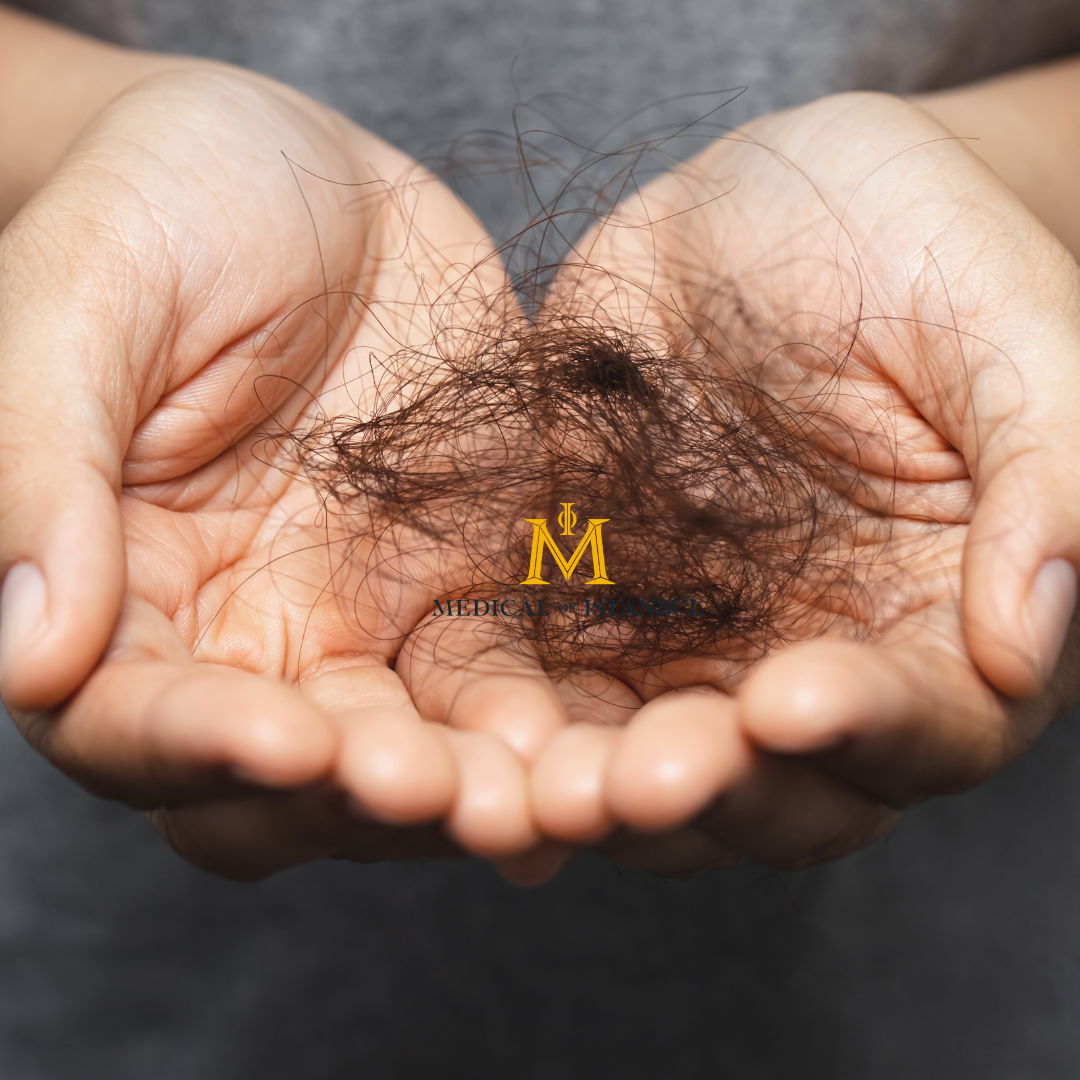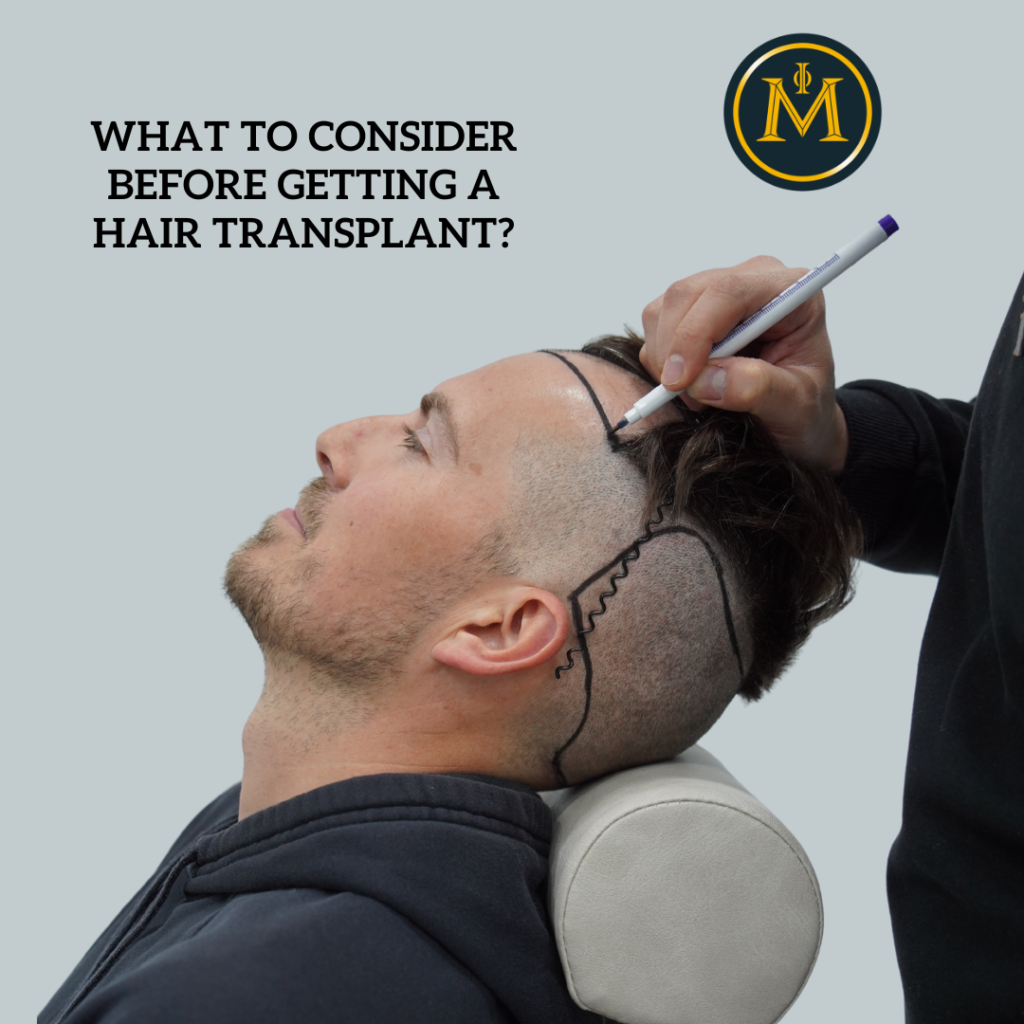Medical of Istanbul
Hair Transplant for Women: Solutions for Female Hair Loss
Hair loss isn’t just a concern for men—it affects millions of women worldwide, too. Female hair loss can be caused by various factors such as genetics, hormonal changes, medical conditions, or even stress. For many women, losing hair feels like losing a part of their identity, often leading to a drop in self-confidence. While there are numerous treatments available, a hair transplant can offer a long-term and effective solution. Today, hair transplants are becoming increasingly popular among women seeking to restore their natural hairline and regain their confidence.















